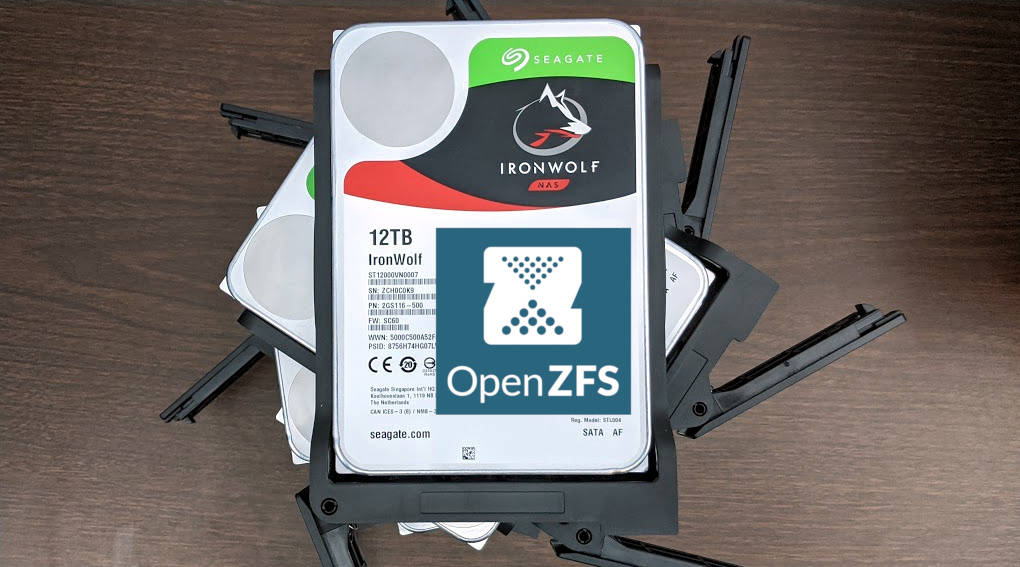I've got a mixture of Intel SSDs (SATA and NVMe) that I want to use in a new TrueNAS Core server.
According to Intel's MAS CLI:
Question: Is there a performance benefit to configuring these drives to use 4K logical and/or tweaking the ashift value?
According to Intel's MAS CLI:
- The SATA SSDs are 4K physical / 512 logical.
- The NVME SSDs do not indicate a physical sector size but use 512 logical.
Question: Is there a performance benefit to configuring these drives to use 4K logical and/or tweaking the ashift value?


